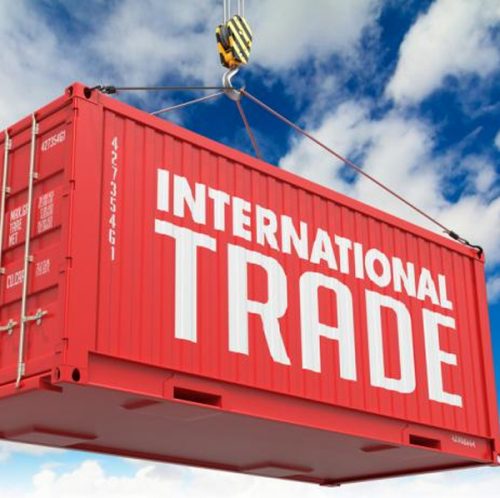UK Trade In Goods And Productivity: New Finding
Despite a large international literature examining the link between business performance and trade in goods status at the firm-level (see Wagner 2007, 2012 for surveys), evidence of these relationships in the UK context has been hampered by data constraints. Information on business’ financial performance is collected by the UK’s large, structural business surveys such as the Annual Business Survey (ABS), conducted by the Office for National Statistics (ONS), and is gathered for distinct units within enterprises known as reporting units. Data on trade in goods is collected for administrative purposes by HMRC, and is linked to Value Added Tax (VAT) units which – for large businesses in particular – often do not align with the reporting unit structure of businesses.
These differences have hampered the linking of these datasets, and have constrained analysis of the association between business performance and trade in goods in the UK.
A discussion paper published alongside this release by the Economic Statistics Centre of Excellence addresses this data gap directly. We use a new feed of HMRC’s trade in goods declarations provided to ONS and data from the UK’s Inter-Departmental Business Register (IDBR), as well as information from the ABS to create a new, linked data-set which carries financial and trade in goods data for a large sample of UK businesses for the 2008 to 2016 period. Building on ONS’ recent efforts to improve trade in goods statistics and drawing on methods used by ONS to incorporate VAT data in the UK’s National Accounts, we devise and implement a strategy which apportions the trade reported by a business’ VAT units to its reporting unit structure. Although the resulting dataset is limited to direct trade in goods alone (and therefore does not capture trade in services, or the onward shipping of traded content through supply chains) and covers only EU trade collected on the Intrastat survey, to our knowledge it is the first large dataset for the UK economy which combines transaction level trade in goods data with business-level financial information.
We apply these data to produce statistics and analysis of relevance to existing policy debates. Firstly, in view of the UK’s decision to leave the European Union and wider debates on trade policy, we set out detailed statistics on the prevalence of different forms of trade in goods behaviour for different types of businesses. We examine the value of trade in goods for different industries, the average number of products traded and the geographical reach of UK trade in goods, as well as the degree of concentration of trade in goods flows among businesses, using data for a large proportion of the UK business population.
Secondly, we apply these new data to the UK’s productivity performance: examining the link between trade in goods behaviour and labour productivity at the business level. This work – drawing on recent ONS analysis of the drivers of productivity at the micro-level (ONS 2016, 2017a, 2017b, 2017c, 2017d, 2018) – seeks to explain differences in labour productivity across businesses (Figure 1) in relation to their trade in goods behaviour. We examine the link between productivity and trade at the extensive margin – whether a business trades or not – and the intensive margin – how much a business trades, using data for a large sample of business’ in the nonfinancial business economy in Great Britain.






